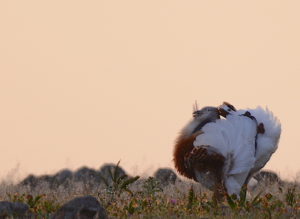Porphyrins are probably the most abundant biological pigments, as molecules that are key for life such as chlorophylls and the heme group of hemoglobin form part of this group of pigments or are structurally related to them. However, the occurrence of porphyrins in animals out of internal tissues and fluids is limited to a few species (fishes and birds, hedgehogs) and anomalous depositions in the human skin during certain diseases (porphyrias). These molecules are highly conjugated, which produces intense colors. They also exhibit red fluorescence, thus creating intriguing effects. However, porphyrins are also very prone to photodegradation. Birds constitute a notable exception to the rarity of porphyrins in the external body surface of organisms, as some species have evolved a physiological capacity to deposit these pigments in feathers. We have found that porphyrins actually produce very conspicuous plumage colorations that, given the easiness with which these pigments photodegrade, probably represent the most ephemeral color phenotype in any living organism. Although porphyrins appear in the base of feathers, that are not visible under normal circumstances, the species in which we have studied these pigments such as the great bustard Otis tarda exhibit these plumage parts during complex sexual displays. This opens interesting possibilities for the signaling function of porphyrin-based coloration that we are currently investigating. The reasons that have favored the evolution of porphyrin-based coloration in birds still remain a mystery, but our findings in owls, another group of birds of the few that accumulate porphyrins in the plumage, show that the concentration of coproporphyrin III in feathers of juvenile birds is positively related to their body condition and to the quality of the rearing territories. This suggests that the presence of coproporphyrin III in feathers can potentially signal information on individual quality to conspecific birds. This may be one of the reasons favoring the presence of porphyrins in the external body surface. | 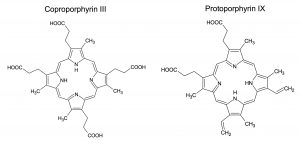 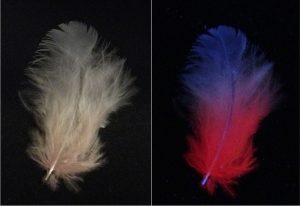
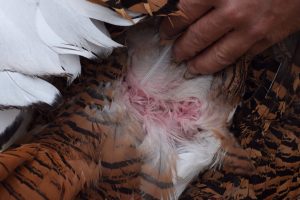
|
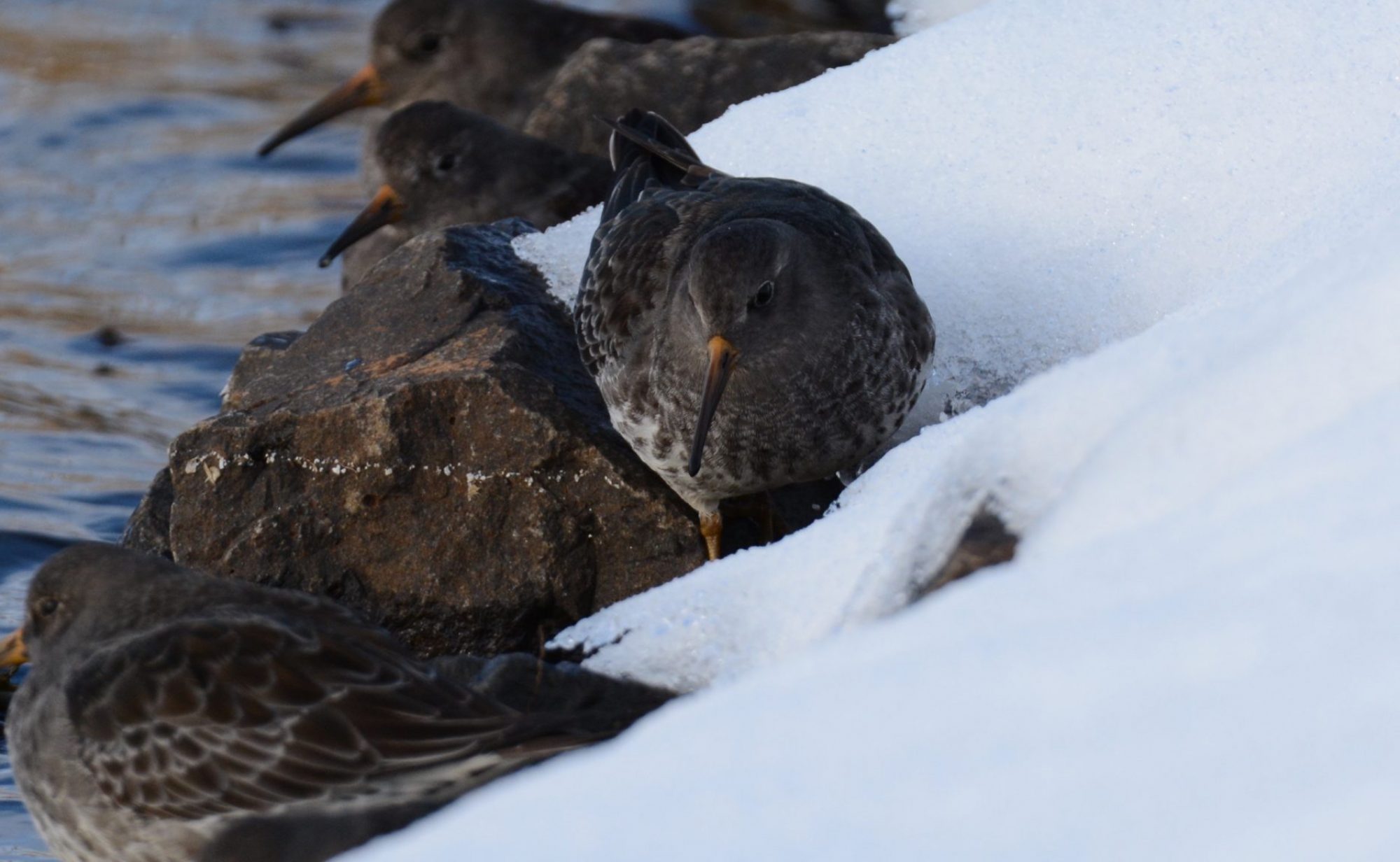
Evolutionary Physiology of Animal Pigmentation
